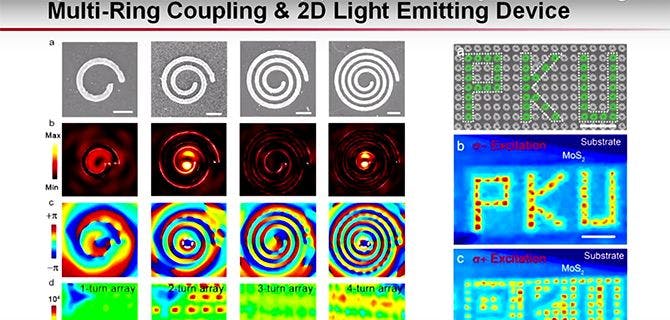A single-atom-thick monolayer of Molybdenum disulfide is a two-dimensional material with remarkable electronic and optical properties, notes a paper in ACS Nano. These properties make it an ideal candidate for a wide range of optoelectronic applications. However, the atomic monolayer thickness poses a significant challenge in MoS2 photoluminescence emission due to weak light–matter interaction. In […]

A single-atom-thick monolayer of Molybdenum disulfide is a two-dimensional material with remarkable electronic and optical properties, notes a paper in ACS Nano. These properties make it an ideal candidate for a wide range of optoelectronic applications. However, the atomic monolayer thickness poses a significant challenge in MoS2 photoluminescence emission due to weak light–matter interaction. In this video, the Nanosmart Team from Peking University describe MoS2 photoluminescence modification via optical spin-orbit coupling. The result is a way to manipulate MoS2 light–matter interaction actively and can be further applied in the spin-dependent light-emitting devices at the nanoscale.

